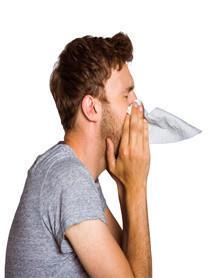Research Shows Air Pollution Can Be a Possible Trigger for Multiple Sclerosis Relapse
How the researchers collected data on environmental measurements
While following these patients, the researchers also took measurements of air particulates in the environment where they lived. Any particle less than 10um in size was tracked, and levels of these pollutants were recorded. These particles are extremely small, about 100 times smaller than a 1mm pinhead. Such particles are concerning because they are tiny enough to get through your body’s natural defenses against dust and allergens and are able to travel all the way to your lungs.
To compare these environmental measures with patient data, the investigators juxtaposed multiple sclerosis relapse occurrences with levels of particulate matter in the air. Hourly data on measured air pollutants were recorded for each residential block where the study patients were residing. They used both daily quantitative levels of pollutants as well as a cut-off threshold of 50 ug/m3. This cut-off value is based on the pollution awareness notifications in France. The researchers also evaluated variability in warm and cold season, humidity and atmospheric pressure measurements, daily pollen counts, and weekly influenza reports within each region. Each patient studied served as their own control because the investigators followed them and compared their disease characteristics with different pollutant levels they were exposed to.



